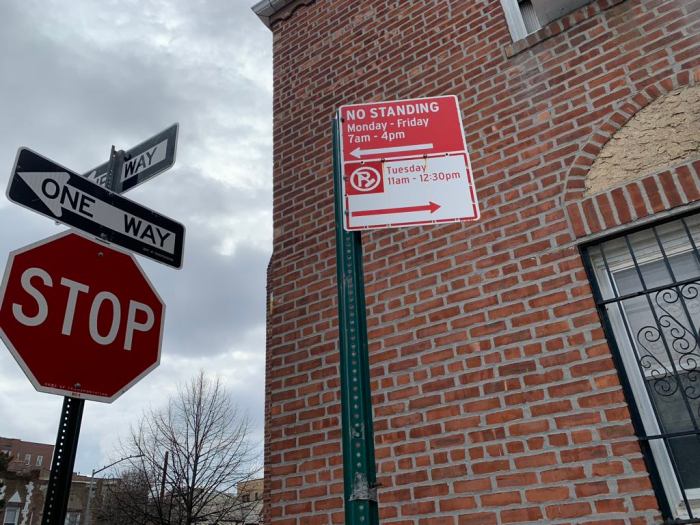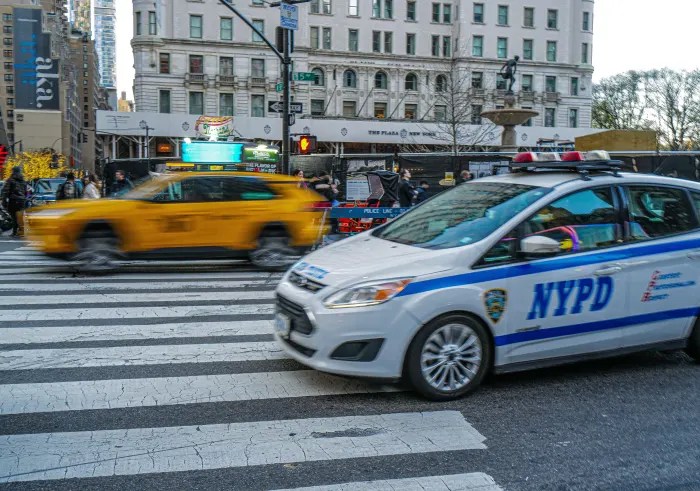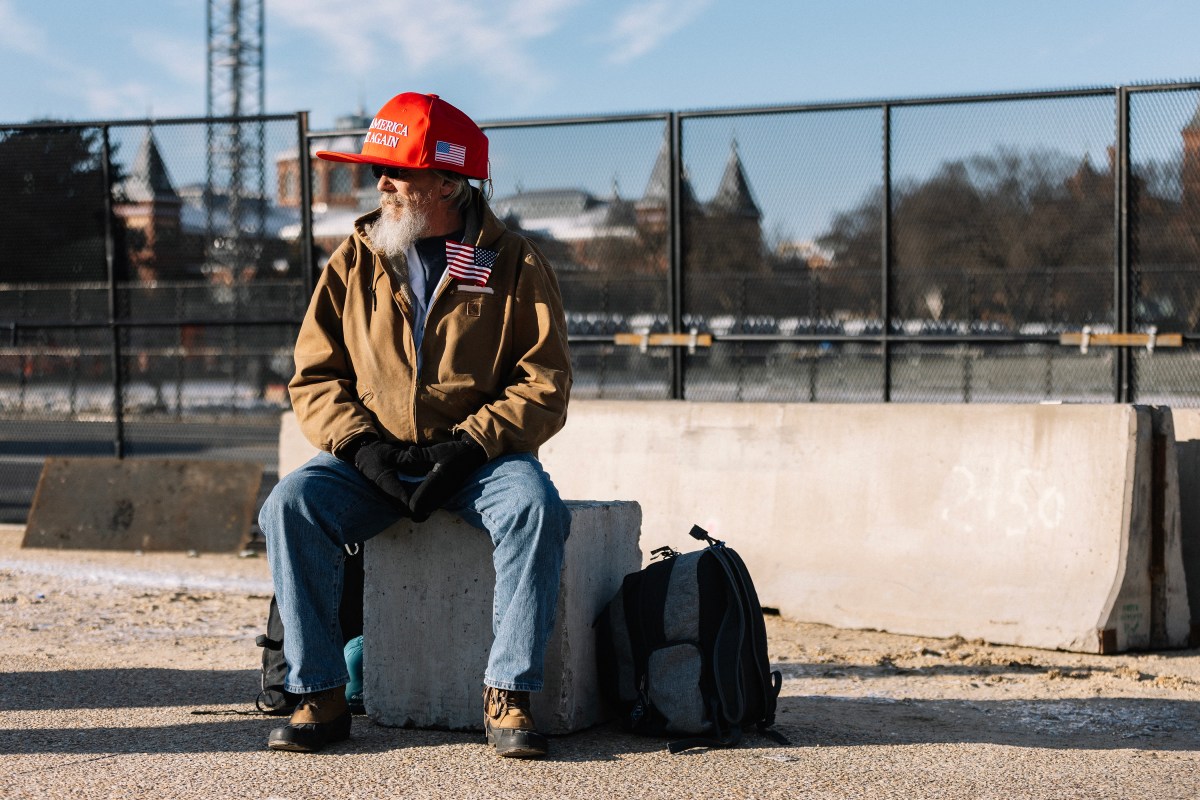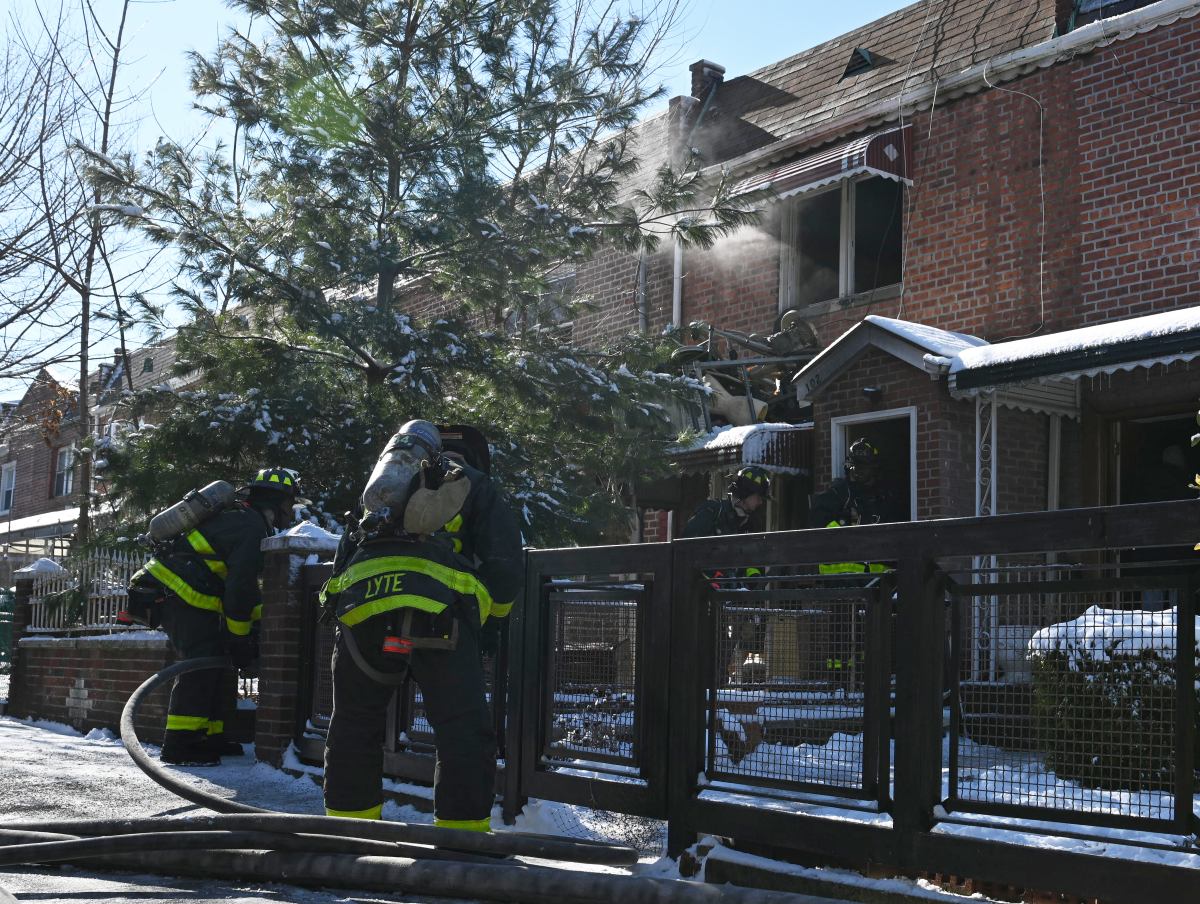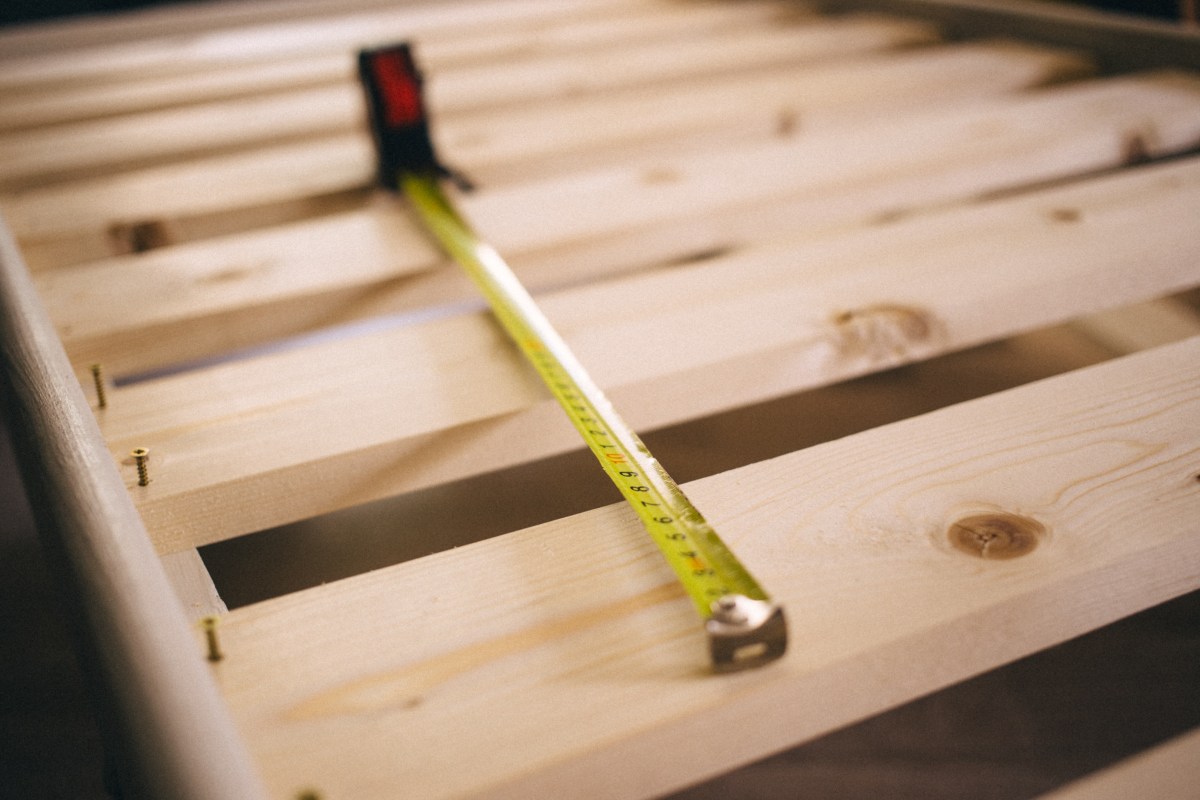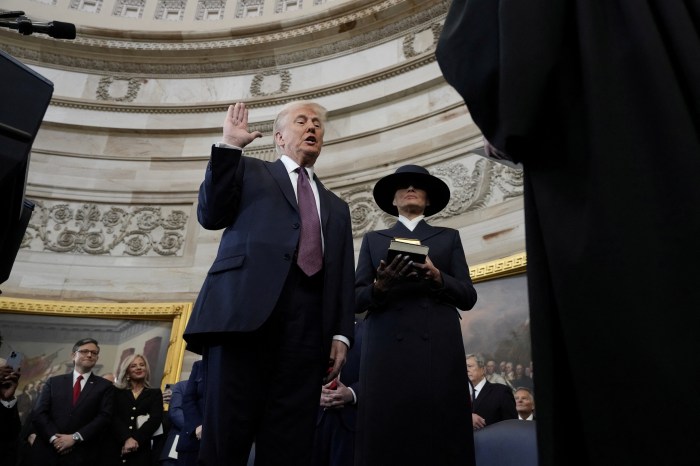
One weekend down, dozens more to go.
L train riders are gritting through the first weekend of the MTA’s Canarsie Tunnel rehabilitation, with the biggest hurdle yet to come: the Monday morning commute.
Service from Lorimer Street through Manhattan was reduced to three trains per hour Friday evening — that’s 20-minute waits — as the MTA began its repairs of the Sandy-damaged East River train tunnel during nights and weekends for roughly the next 15 months.
MTA officials have been making small adjustments since Friday’s service reductions were hit with delays, lengthy lines and inaccurate station countdown clocks. On Sunday, there was also a focus on making sure the Canarsie Tunnel work site was cleared by 5 a.m. for regular L service during Monday’s rush hour.

“[We] are aware of how critically important it is to have that smooth transition so that at 5 a.m. we can start back in service,” said Ronnie Hakim, the MTA’s managing director, during a trip along the L line on Sunday. “We do this. We know how to do it. It’s a function of working out all the kinks.”
Hakim said Janno Lieber, the MTA’s chief development officer, would be at the work site Sunday night to oversee preparations for the morning. The MTA is shutting down one tunnel tube at a time to make its repairs, with both Manhattan- and Brooklyn-bound trains sharing a track under the river. The plan’s implementation so far has led to discrepancies with countdown clocks, according to Hakim, which have frustrated riders as they try to plan before leaving their apartments.
“I checked my app, which said a train was five minutes away, but the countdown clock has been flashing ‘zero minutes away’ for five minutes now,” said Natalie Burlant, who travels from the Upper East Side to visit her boyfriend in Williamsburg, at the Bedford Avenue platform.
The lingering countdown inaccuracies on Sunday are due to necessary train operations during the repairs, according to Hakim. The authority must hold a train for roughly three to five minutes on approach to the tunnel so that other trains can pass on the single track. The logistics have disrupted the displayed arrival times, she said.
There was heavy staffing at L stations over the weekend to manage crowds, distribute alternative service brochures and alert riders to just how infrequently their trains would arrive, in hopes of diverting them to other stations before they swipe their MetroCards. But that didn’t keep long lines from forming Friday night at stations like Union Square.

“I received a litany of warnings and collected all my pamphlets and put them on my fridge,” said Brian Goodwin, a restaurant worker from Bushwick, describing how he tried to board an L from Union Square Friday night. “Friday was bad. There weren’t any lines today, but I imagine there will be other nights. I’m certainly concerned.”
Saturday and Sunday appeared smoother. But that didn’t stop some from altogether giving up on the MTA.
Cedric Armagmac, of Williamsburg, was checking his phone from the Bedford Avenue station to hail a cab after just missing an L train to Manhattan. Drivers for app-based services like Uber and Lyft were making fairly steady pickups outside the station Sunday morning.
“Twenty minutes is a long time to wait,” said Armagmac, who works weekdays at a bank.
Farther out in Brooklyn, trains are running every 10 minutes during the repairs. Johnson Rohan of Canarsie commutes six days a week to Williamsburg for his maintenance job, and kept upbeat about the work.
“Getting here wasn’t bad,” said Rohan, as he waited for a train home Sunday. “It’s just getting home that will take a while. But I’m cool. I’m trying to be patient and deal with it.”
The MTA had to move seven work trains into the tunnel to begin the work Friday, which muddled service — but the weeknight work won’t require having to move as many of those trains, Hakim said.
Pat Foye, the MTA chairman and CEO, said he was still pleased with how service went the first weekend and said he planned to make tweaks to operations and communications on a daily basis.
“We’re very focused on making the transition from subway service to construction, and from construction to subway service, as seamless as possible,” Foye said during a visit to the Bedford Avenue station Sunday morning.
Even with the sparse L service, many riders on the platform were grateful that trains were running at all. The MTA had for years planned for a full shutdown of L service between Manhattan and Bedford Avenue. But Gov. Andrew Cuomo announced in January that a team of academics had developed an alternative reconstruction plan to keep service running as usual during the week.
That still didn’t sit well with Alexandra Jarymowycz, of Williamsburg who felt the new plan was politically motivated. She feared that the new reconstruction plan wouldn’t be as robust or long-lasting as the original.
“It felt very last-minute, ‘No, we’ll be able to keep running trains,’” she said. “But if this was going to make the neighborhood better connected for the long term, why not just do it right — even if it makes you unpopular?“
Hakim said the MTA plans to keep staffing-levels up for at least the next several weeks. She said New Yorkers are “incredibly resilient” in managing their commutes.
They might be resilient, but they’re not necessarily happy.
“It’s going to be painful,” said Christina Milkowski, who lives in Williamsburg, works in finance and commutes on the L. “It’s going to be a lot of planning ahead.”




